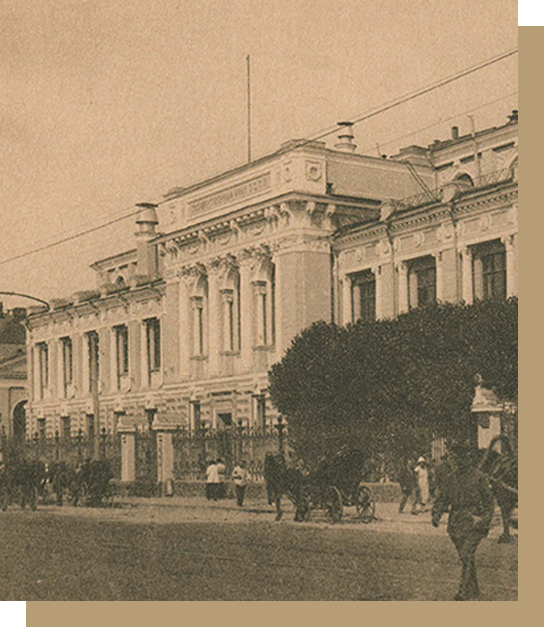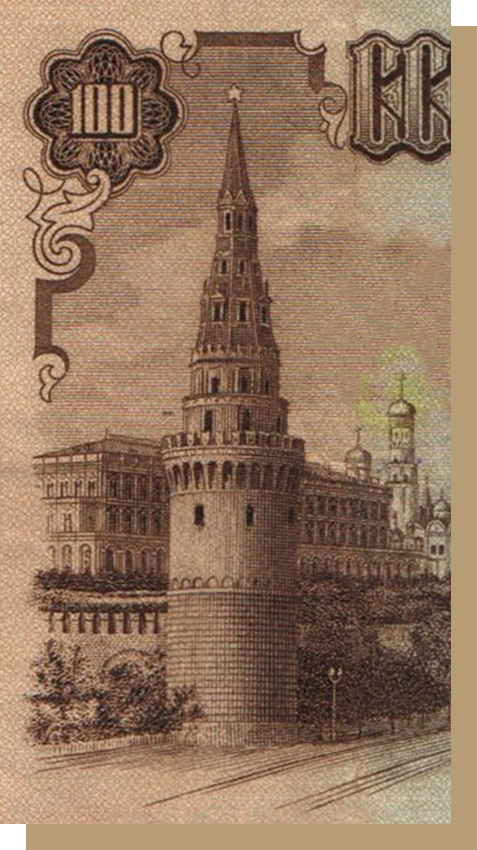ABOUT US

From the history
of the State Bank of the USSR
In the second half of the 1920s, the functions and activities of the State Bank changed radically. This was mainly due to the accelerated pace of industrialization, which required large investments in heavy industry in a short time.
Carrying out industrialization in the USSR in traditional ways was impossible due to the accumulation of funds within the country and external loans . The population did not have the necessary savings, and loans could not be made either for economic (global economic crisis) or political reasons. As a result, industrialization in the country was carried out at the expense of equity financing. The search for a way that would allow the state in the simplest form to redistribute funds between sectors of the economy continued throughout the entire period of the NEP (The New Economic Policy) curtailment.
In June 1927, in connection with the increased regulation of the movement of short-term capital, the State Bank was entrusted with the responsibility of direct operational management of the entire credit system, while maintaining the overall regulation of its activities by the People's Commissariat of Finance. The State Bank was supposed to supervise the activities of other credit institutions in accordance with government directives in the field of credit policy. Special banks were supposed to keep free funds and borrow only from the State Bank, which was given the right to participate in their councils and audit bodies. In addition, the State Bank had to increase its share in the share capital of special banks.
In February 1928, in connection with the reorganization of the banking system, the bulk of short-term lending operations began to be concentrated in the State Bank. At the same time, most of the branches of joint-stock banks, which began to play an auxiliary role in lending to the economy, were transferred into its jurisdiction. Long-term lending operations were carried out mainly in the specially created Bank for Long-term Crediting of Industry and Electricity (BDK), the Central Bank for Public Utilities and Housing Construction (Cekombank) and partly in the Central Agricultural Bank (CSHbank).
In August 1928, the State Bank was entrusted with the duty of cash execution of the state budget, which made it possible to concentrate cash operations of the socialist economy in it.

